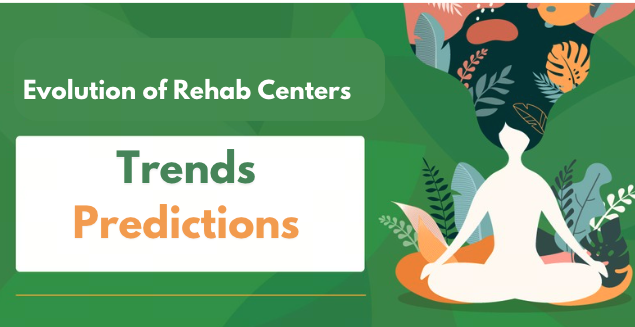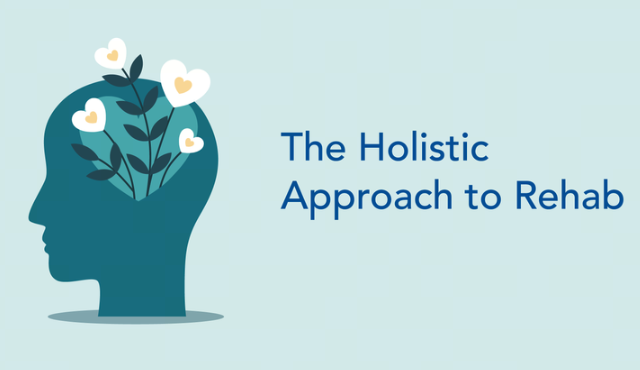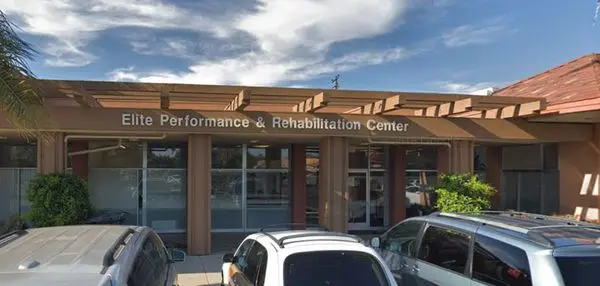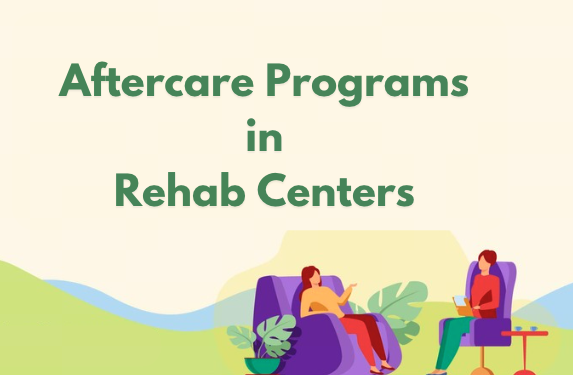
In 2025, rehab centers in the USA are evolving to address emerging substance abuse trends. They are incorporating telehealth services for remote support, utilizing data analytics to identify prevalent substances, and emphasizing personalized treatment plans. Additionally, many centers are focusing on holistic approaches that combine mental health care with traditional recovery methods, ensuring a comprehensive strategy to combat addiction effectively.
The landscape of substance abuse is constantly evolving, and **rehab centers in the USA** are at the forefront of adapting to these changes. As we move into 2025, several key trends are influencing how these facilities approach treatment, ensuring they remain effective and relevant in combating addiction. This article explores how rehab centers are adapting to these trends and the innovative strategies they are implementing.
To effectively address substance abuse, rehab centers must first understand the current trends affecting their clients. In 2025, we are witnessing a rise in the use of **synthetic drugs**, increased opioid dependence, and a noticeable shift toward **mental health** issues leading to substance abuse. These factors compel rehab centers to tailor their programs to meet the diverse needs of their patients.
One of the most significant adaptations has been the integration of **telehealth services**. As the demand for accessible treatment options increases, many rehab centers are leveraging technology to provide virtual therapy sessions. This approach not only expands access for individuals in remote areas but also allows for greater flexibility in treatment schedules. Telehealth has proven particularly beneficial during the ongoing aftermath of the pandemic, where in-person visits may still pose a risk for some individuals.
With the understanding that no two individuals experience addiction in the same way, rehab centers are increasingly focusing on **personalized treatment plans**. In 2025, facilities are utilizing advanced data analytics to assess patients' unique needs, preferences, and treatment responses. This allows for a more customized approach, incorporating various modalities such as **cognitive-behavioral therapy (CBT)**, **dialectical behavior therapy (DBT)**, and holistic treatments like yoga and meditation.
Another trend shaping the future of rehab centers is the emphasis on treating **co-occurring disorders**. Many individuals struggling with addiction also face underlying mental health issues, such as anxiety or depression. Rehab facilities are now training staff to recognize and treat these dual diagnoses effectively. By addressing both the addiction and the mental health aspect, rehab centers can significantly improve treatment outcomes and reduce the likelihood of relapse.
In 2025, there is a growing recognition of the importance of community support in the recovery process. Many rehab centers are implementing **community-based approaches** that involve family members and local support networks. This method not only enhances accountability but also helps create a robust support system for individuals post-treatment. Programs that foster community involvement have shown to increase engagement and long-term sobriety rates.
Successful recovery extends beyond the walls of a rehab center. Understanding this, many facilities are focusing on comprehensive **aftercare services**. In 2025, rehab centers are connecting individuals with ongoing support groups, job placement services, and sober living environments. By providing resources that facilitate a smooth transition back into everyday life, rehab centers are significantly reducing the chances of relapse.
Technology is playing a vital role in the evolution of treatment methods. In 2025, many rehab centers are utilizing mobile applications and wearables to monitor patients' progress and provide real-time feedback. These tools empower individuals to take an active role in their recovery journey, track their habits, and communicate with counselors easily. The integration of technology not only enhances engagement but also allows for more immediate interventions when necessary.
Proactive education and prevention strategies are becoming increasingly important in the fight against substance abuse. In 2025, rehab centers are prioritizing community outreach and educational programs aimed at preventing substance use before it starts. By collaborating with schools, community organizations, and local governments, these facilities are helping to raise awareness about the dangers of drug abuse and the importance of mental health.
As we progress through 2025, **rehab centers in the USA** are continuously adapting to the changing face of substance abuse. By embracing technology, personalizing treatment, and focusing on community support, these facilities are positioning themselves to provide effective care for those in need. The future of addiction treatment lies in innovation, understanding, and a commitment to holistic healing, ensuring that individuals can achieve lasting recovery.
In summary, the evolving trends in substance abuse demand a proactive and multifaceted approach from rehab centers. By staying informed and adaptable, these facilities are not only improving treatment outcomes but also contributing to a healthier society.

The Evolution of Rehab Centers: Trends and Predictions for 2025

Rehab Centers in the USA: The Future of Treatment Approaches in 2025

Innovative Technologies Transforming Rehab Centers in the USA by 2025

Understanding the Role of Mental Health in Rehab Centers Across the USA in 2025

Holistic Approaches in Rehab Centers: What to Expect in the USA by 2025

The Impact of Telehealth on Rehab Centers in the USA: A 2025 Perspective.

Elite Rehab Centers – Luxury Recovery in a Supportive Environment

The Importance of Aftercare Programs in Rehab Centers: Insights for 2025